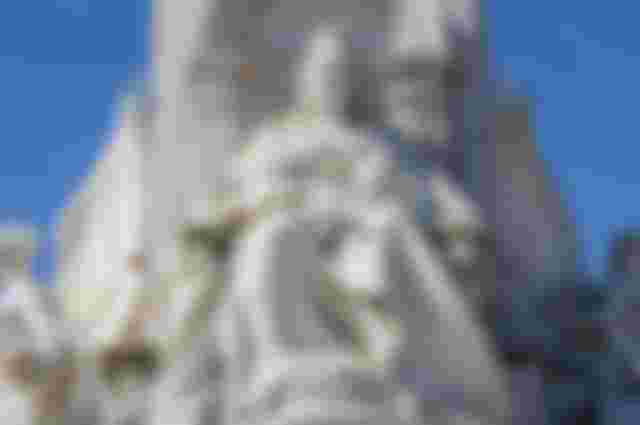Victorian London

Such was London when Queen Victoria was crowned at the Abbey.
Since the Great Fire it had increased in size to about seven miles from east to west, with a population of 1 1/4 millions, including that of the City, Westminster and Southwark; all beyond being hamlets and villages, now part and parcel of Modern Babylon.
Across the river, spanned by six bridges, was Lambeth, a picturesque village of red-tiled houses, set in the midst of abundant foliage.
Brixton was a town, and Clapham, Camberwell and Dulwich were outlying rural parishes.
On the Middlesex side, Hampstead, Islington, Hackney; Paddington, Ealing, Chelsea, Kensington, Brompton and Fulham were flourishing villages, the gaps between them and the town being filled up by country mansions surrounded by gardens and plantations.
After dark it was dangerous to walk in the unfrequented roads for fear of footpads, and the new police had not been enrolled.
Though gas had been introduced, the lighting of the side-streets was utterly inefficient; the drainage which ran into the unfortunate Thames, was defective; and in many respects, London lingered in what we should now consider a state of semi-barbarism.
The "sixties" and "seventies," however, ushered in a complete revolution, particularly in architecture.
Grosvenor Place and the neighbourhood of Victoria Station were built in French Renaissance style, and Mansard roofs became a familiar feature in several other quarters.
The rage for improvement spread. Great hotels sprang up, in keeping with the vast railway termini that engirdled the metropolis.
Private houses became mansions in size and luxuriousness.
Theatres, offices, clubs, restaurants, and public buildings generally were built on a scale of magnificence undreamt of in 1837.
And so it went on, until in the year 1901, Modern Babylon has become what it is - a Palatial City.
Imperial London, Arthur Henry Beavan, 1901
